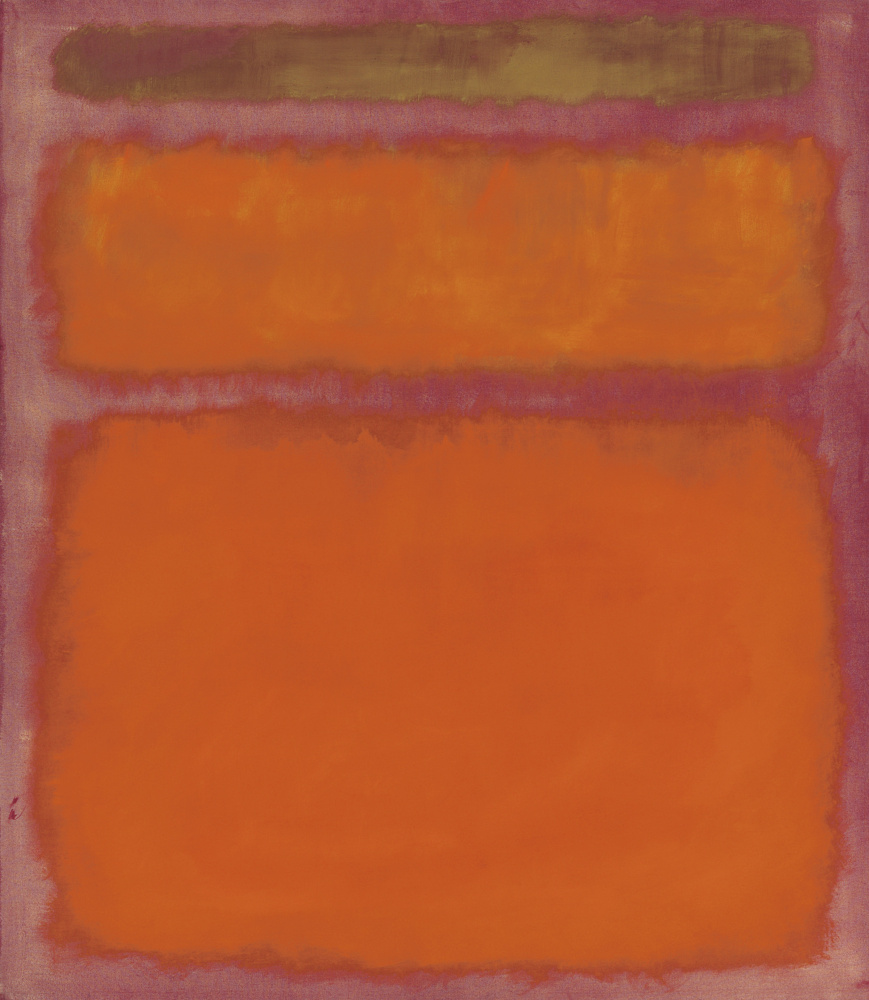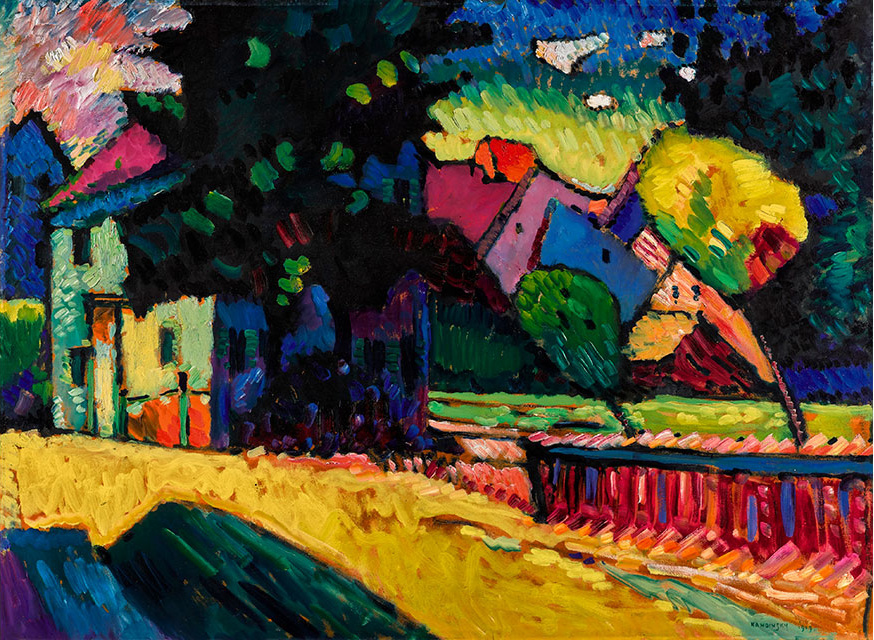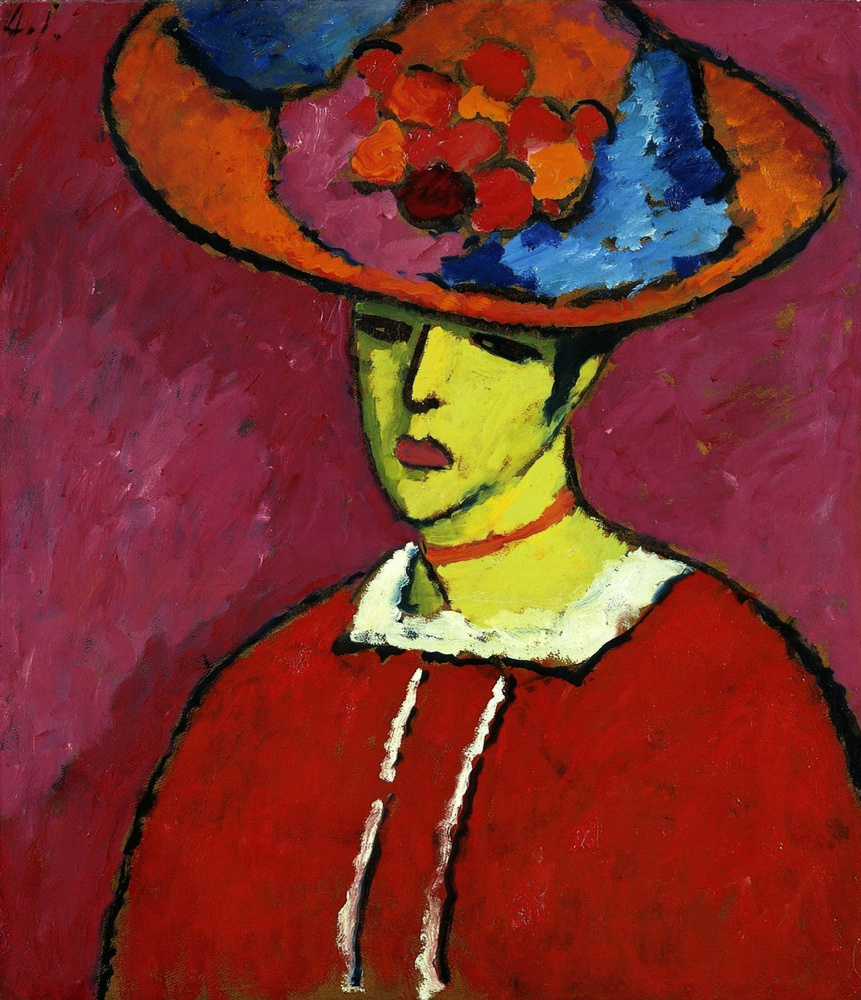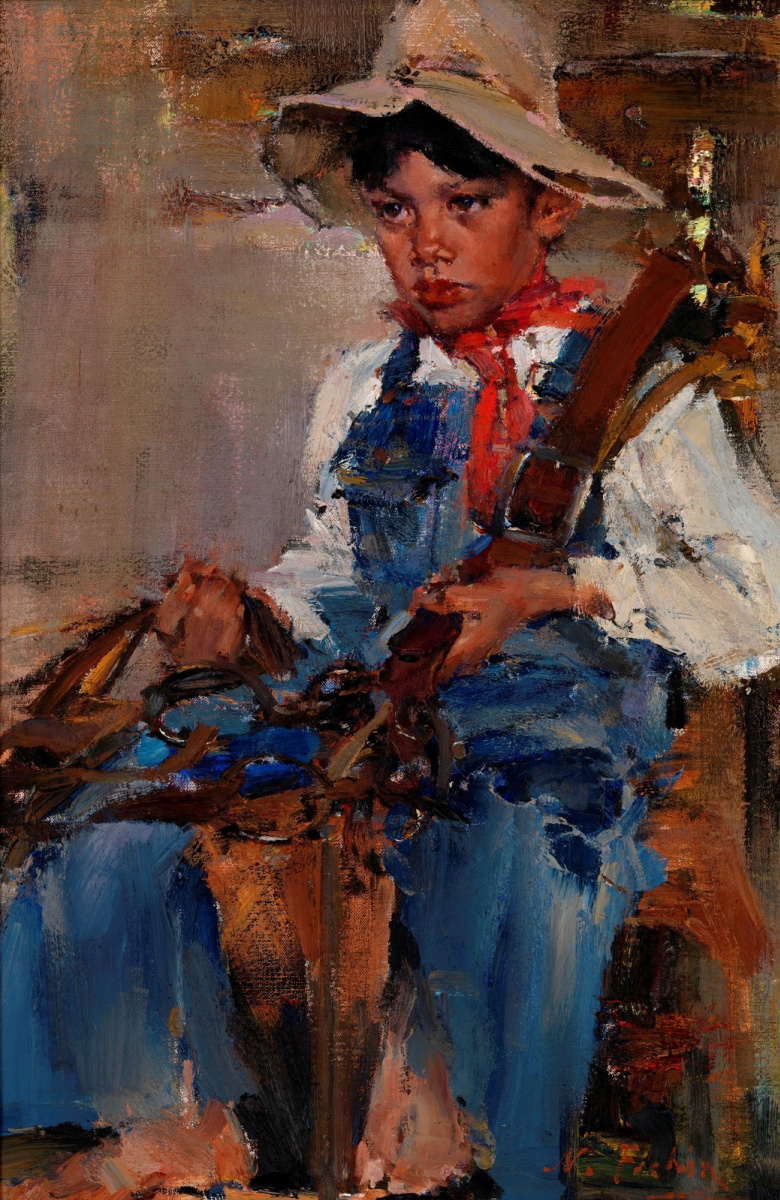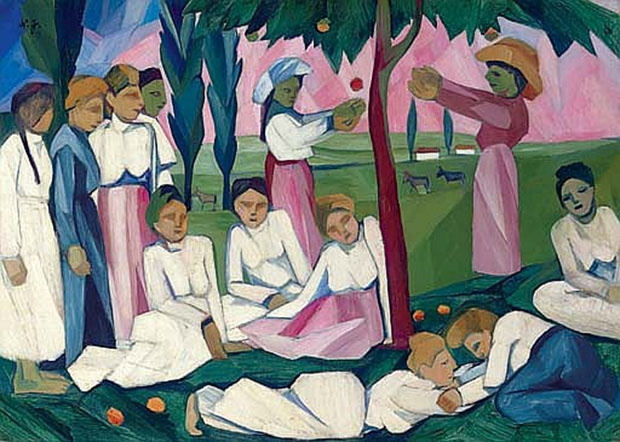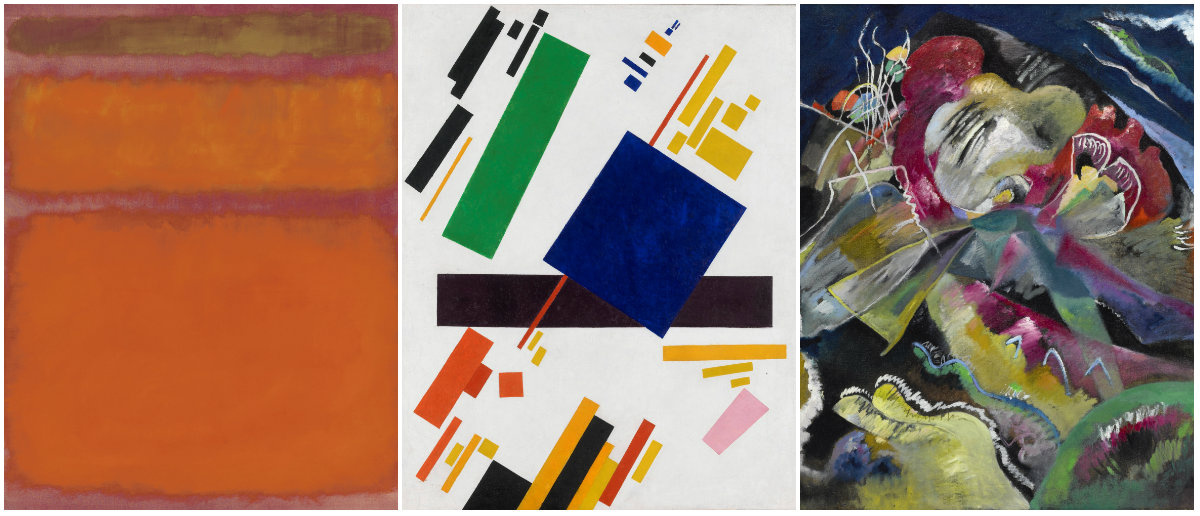
1. Mark Rothko
Since 2005, Rothko’s paintings have been a great success at auctions around the world. This surpassed the 2007 record price for a Rothko work of $72.8 million set when David Rockefeller sold White Center (Yellow, Pink and Lavender on Rose). The hammer price was $77.5 million, and the price was $86.8 million including buyer’s premium. It established a new record for post-war/contemporary art at a public auction, when ignoring inflation, for the first time.
2. Kazimir Malevich
The Malevich work became a repeat auction champion. In 2008, the canvas fetched $60 million at Sotheby’s, an artist’s record until it was resold at Christie’s.
On June 24 in the same 2015, the previous maximum was broken, which was paid for by Malevich at open tenders. For the painting "Suprematism. 18th design "(1915), also sold by the heirs of Malevich, at Sotheby’s London, an unknown buyer paid USD33.8 million.
3. Wassily Kandinsky
Wassily Kandinsky "Fuga (Fugue", 1914 — $22.9 million). This painting set a price record back in 1990 when nobody dared to buy it. The good part about that is that now anyone can admire it at the private Foundation Beyeler in Switzerland.
Left: Wassily Kandinsky "Fugue", 1914.
4. Marc Chagall
The painting was sold to a Russian buyer for $25 million, or $28.4 million with the auction house commission, beating out an Asian collector on the phone with Patti Wong, chair of Sotheby’s Asia. The result is nearly double the artist’s previous auction record of $14.8 million (with fees) and well above the work’s $12 million to $18 million pre-sale estimate.
Considered one of the greatest works by the Jewish painter Marc Chagall to come onto the open market, "Les Amoureux" had previously remained in the same family for nearly 90 years since the owner’s family bought it from the artist’s Paris gallery in 1928 — the same year it was painted.
The painting by the Vitebsk dreamer belonged to the glorified Guggenheim Museum and turned to be on the art market through folly. Once the museum director Thomas Krents put up Kandinsky’s Fugue, this canvass by Marc Chagall and Modigliani’s work for an auction. The profit was used by the museum to purchase a collection of 200 works by American conceptual artists. The director was naturally reproved; however, what is done cannot be undone.
5. Chaim Soutine
Between 1923 and 1925, Soutine painted an extraordinary sequence of nine canvases that take as their starting point the newly slaughtered carcass of a steer, the vermillion-colored flesh and golden suet flayed and opened up for the artist’s penetrating inspection. Only three of these prized paintings remain today in private hands, of which the present is the largest, most powerfully visceral, and most nearly abstract in the vigorous streaks and swirls of viscous, jewel-like pigment that Soutine used to render the bloody meat.
Inspired by classic painting in the European tradition, the artist developed an individual style more concerned with shape, color, and texture over representation, which served as a bridge between more traditional approaches and the developing form of Abstract Expressionism .
6. Alexej von Jawlensky
In 2008 at Sotheby’s someone from Russia paid $18.6 million for Jawlensky’s "Schokko With Wide-Brimmed Hat," a colorful portrait of a young German village girl. The price was more than double the previous auction record for the artist, set at Sotheby’s in New York in 2003. The experts called this deal "investor success".
7. Valentin Serov
The painting was sold at Christie’s on November 24, 2014. The amount earned for the painting — just over $ 14.5 million — was a record of specialized "Russian bidding", which Christie’s regularly holds in London.
8. Nicholas Roerich
Madonna Laboris (1931) — £7.88 million (about $13.5 million) at Bonhams, 2013
It was one of the most unexpected records of last year: the painting was pre-estimated at around £ 800 thousand — 1.2 million, and was sold 7 times more expensive. The canvas depicts Virgin Mary holding her scarf down from the Paradise wall and secretly takes in those human souls that were debarred by Peter the Apostle, the Paradise gatekeeper. For a long time this painting was stored in one American family, which had no idea of what an outstanding figure Nicholas Roerich was.
Left: Nicholas Roerich. Madonna Laboris (Proceedings Of The Mother Of God), 1931.
9. Nikolai Fechin
"The Little Cowboy", 1940, depicts a barefoot little boy in denim overalls, a red bandanna and a floppy hat, gripping a pair of reins. Firstly the painting was sold for $632,500 in May, 2010 in New York and then was resold for $10.9million (£6.96million)—more than seventeen times higher — at auction Macdougall’s in London on December 2, 2010. It was the most expensive lot of Russian art ever sold by this auction house. In addition to this, the work was also the top lot of the whole Russian week of that year in London. With the upper limit of the estimate of 700 thousand pounds, "Little Cowboy" caused a huge stir and was bought by a collector from Russia.
10. Natalia Goncharova
"Picking Apples" (1909) was sold for $ 9.8 at Christie’s in 2006. This picture set a record for Russian painting in 2006 at the Christie’s auction, "The Impressionists and the masters of the XX century". We don’t know who bought the painting, the buyer wished to remain anonymous.
When Natalia painted "Picking Apples", she was fond of impressionism, post-impressionism , cubism and futurism . Goncharova also was inspired by Russian icon painting. As a result, she created a series of pictures "Picking Fruit" in a very original manner.







